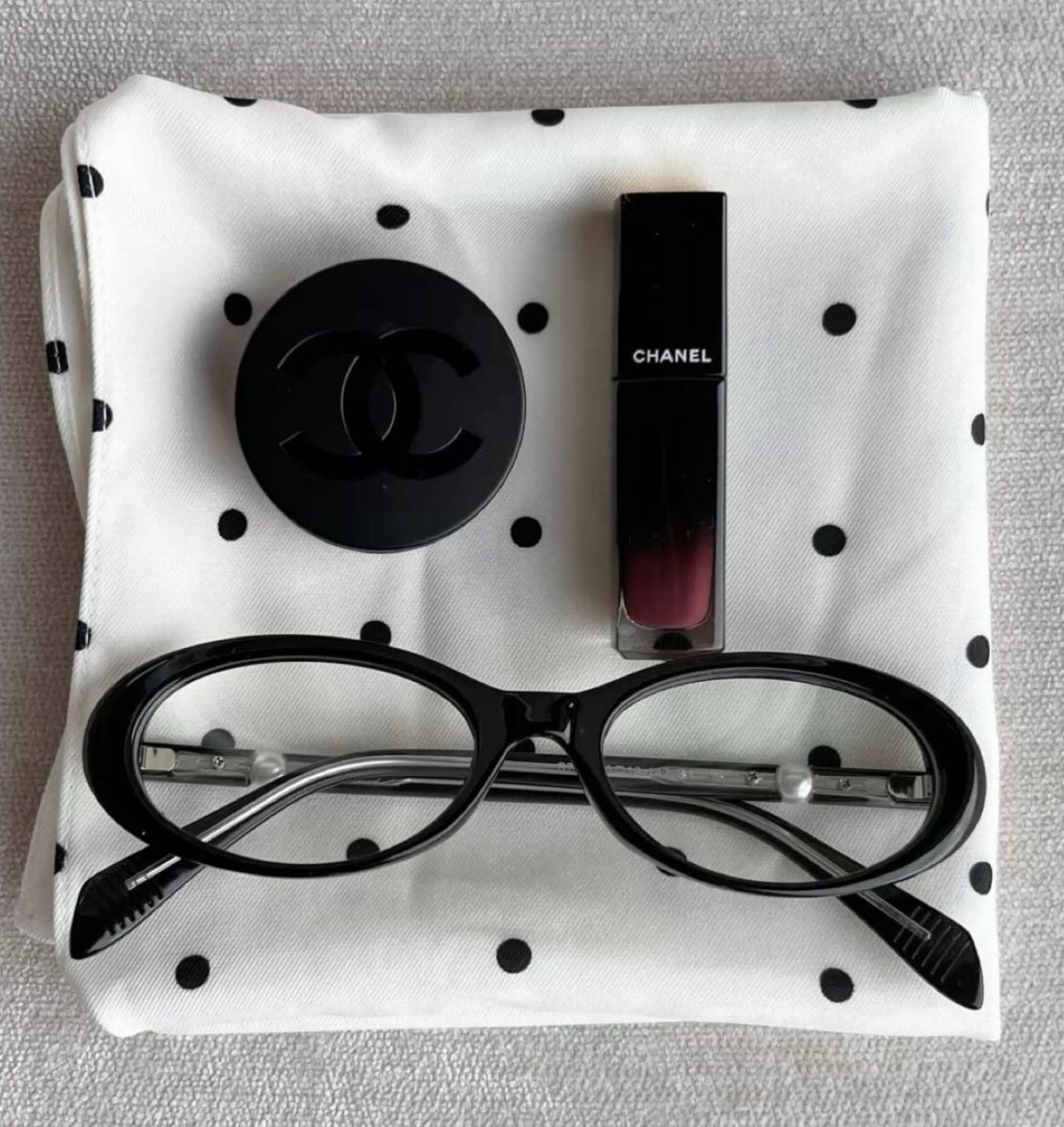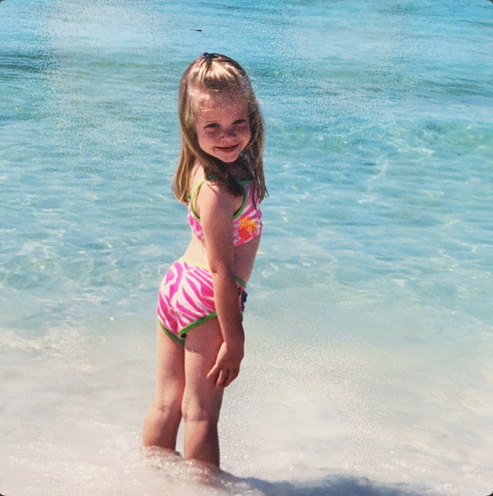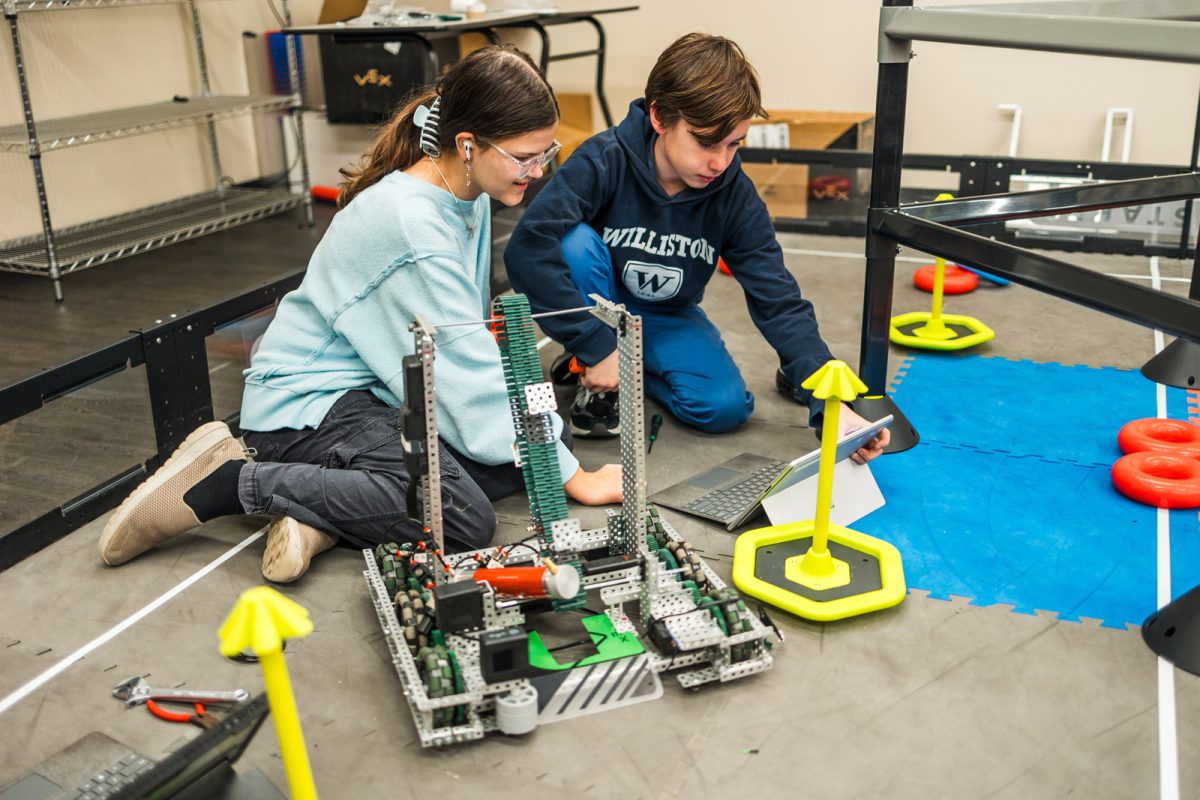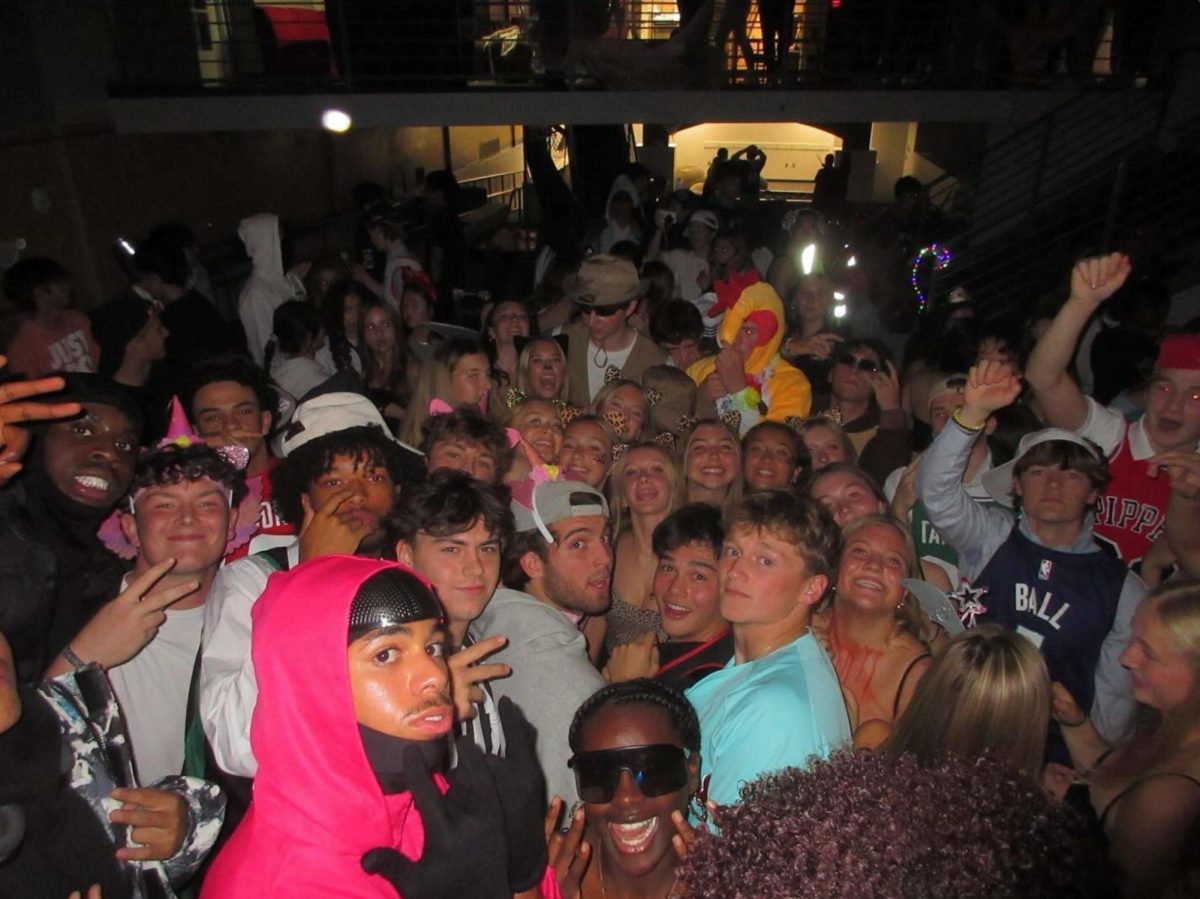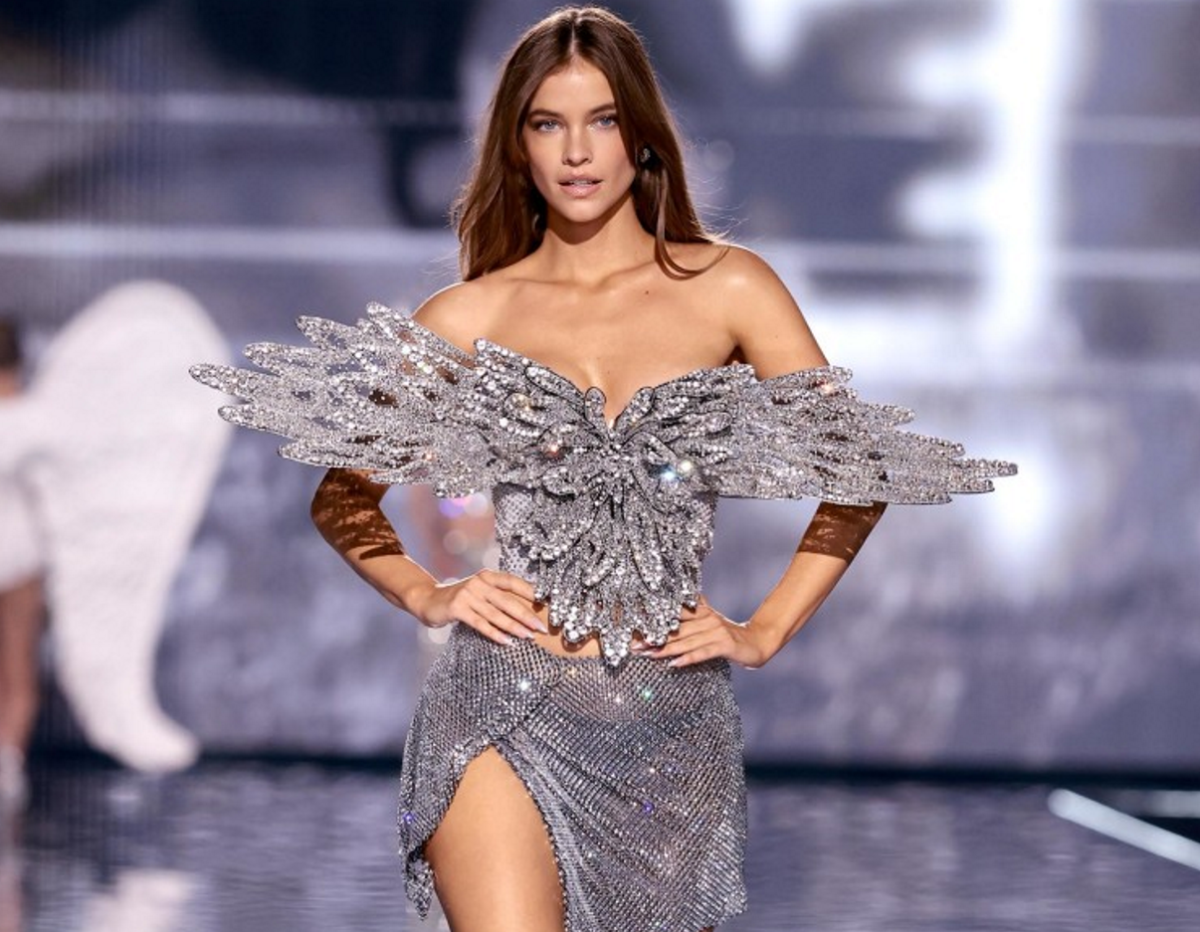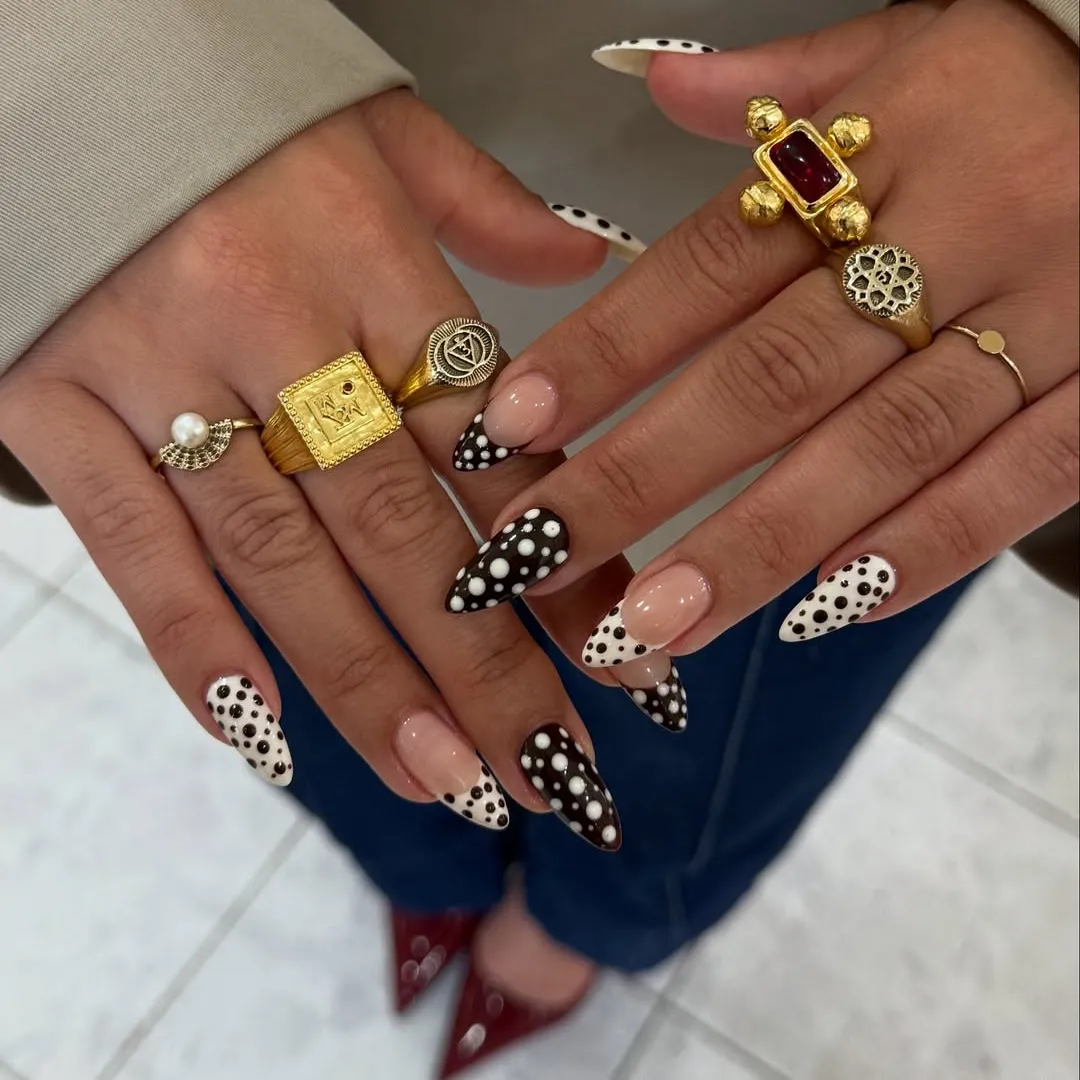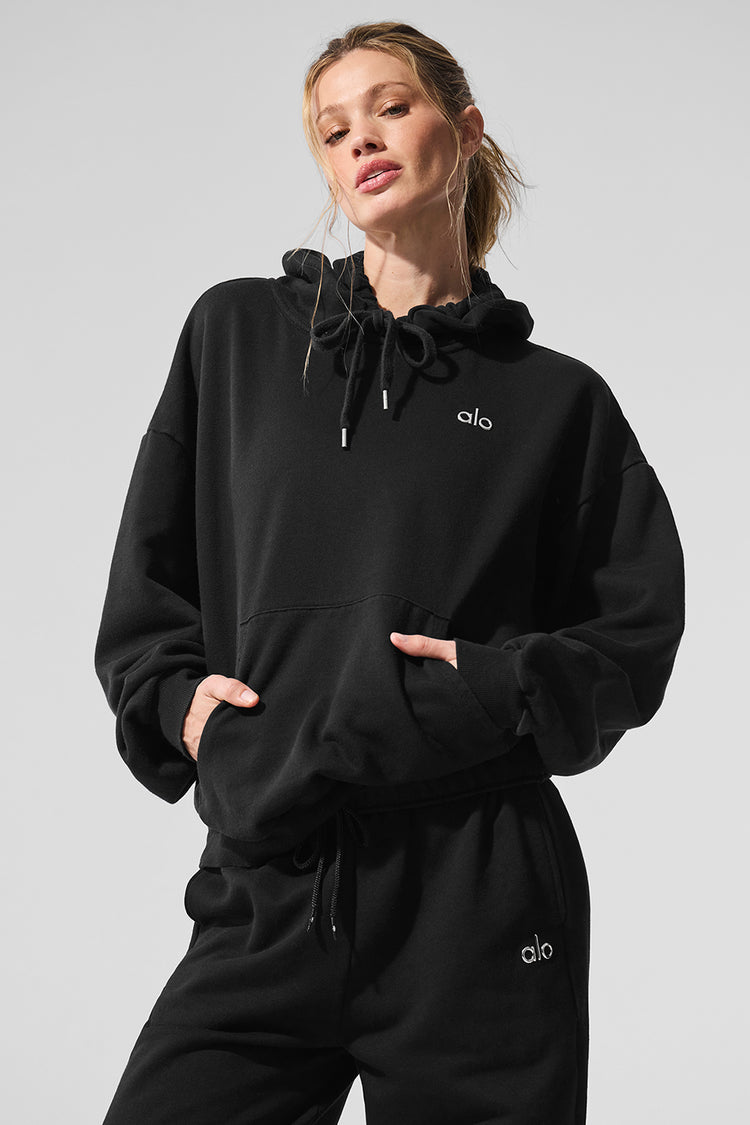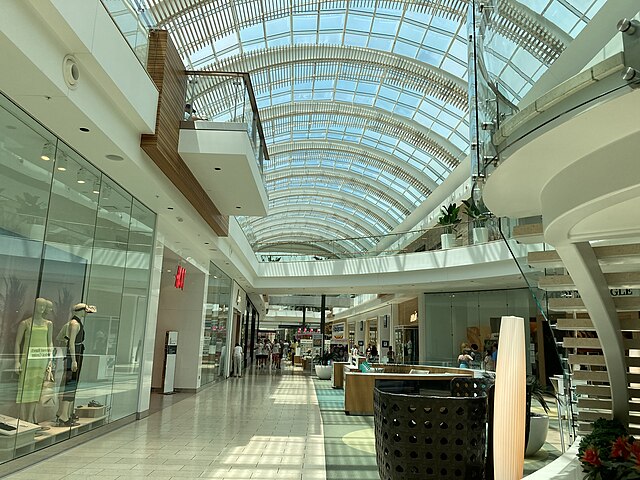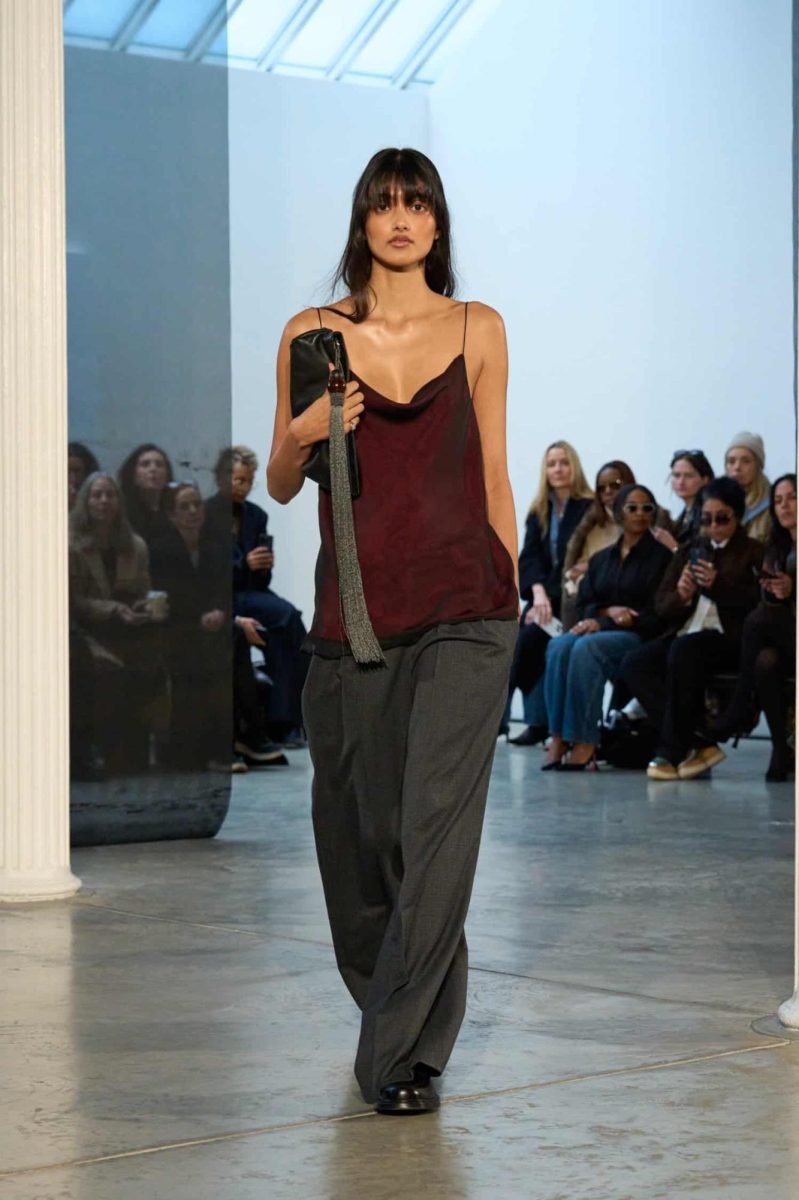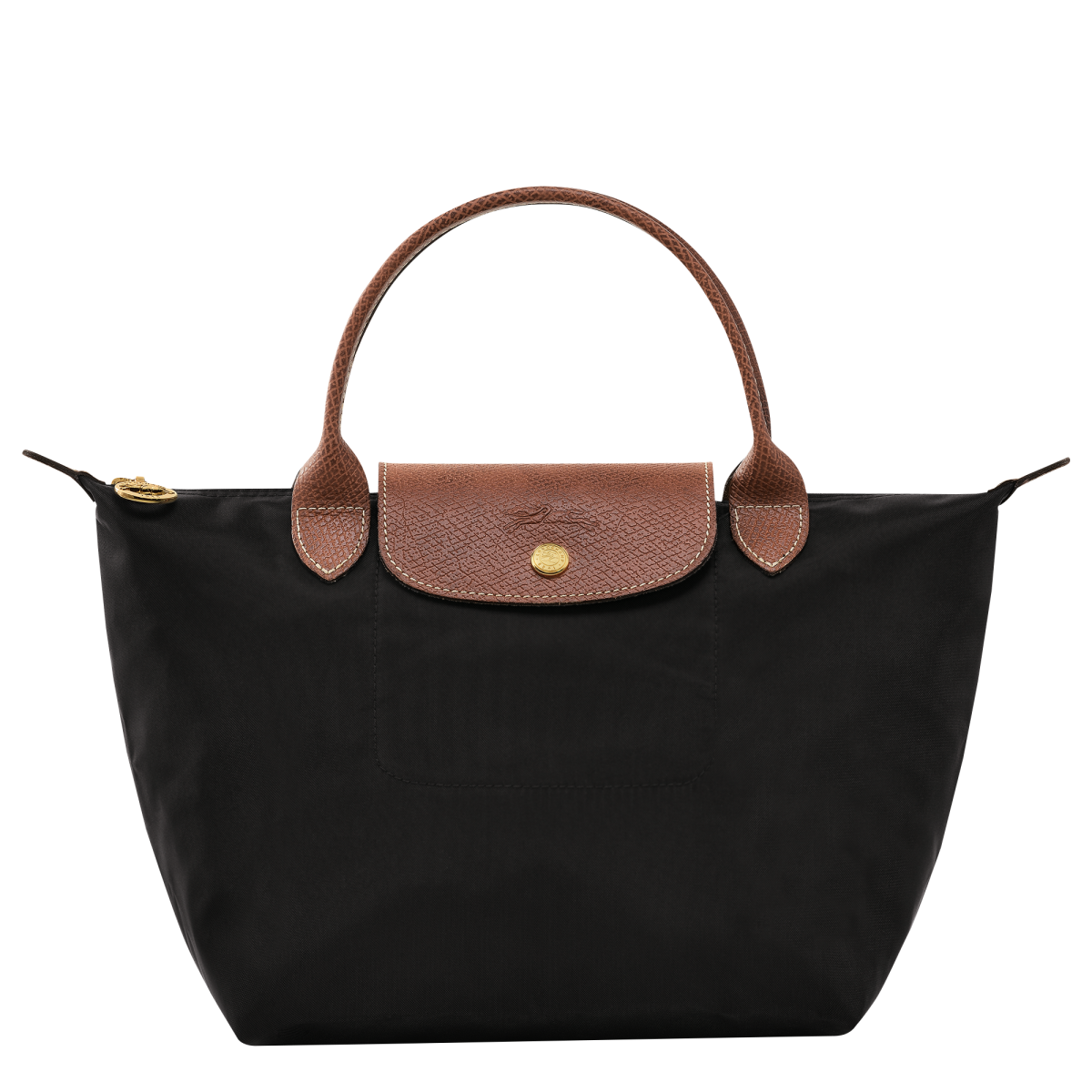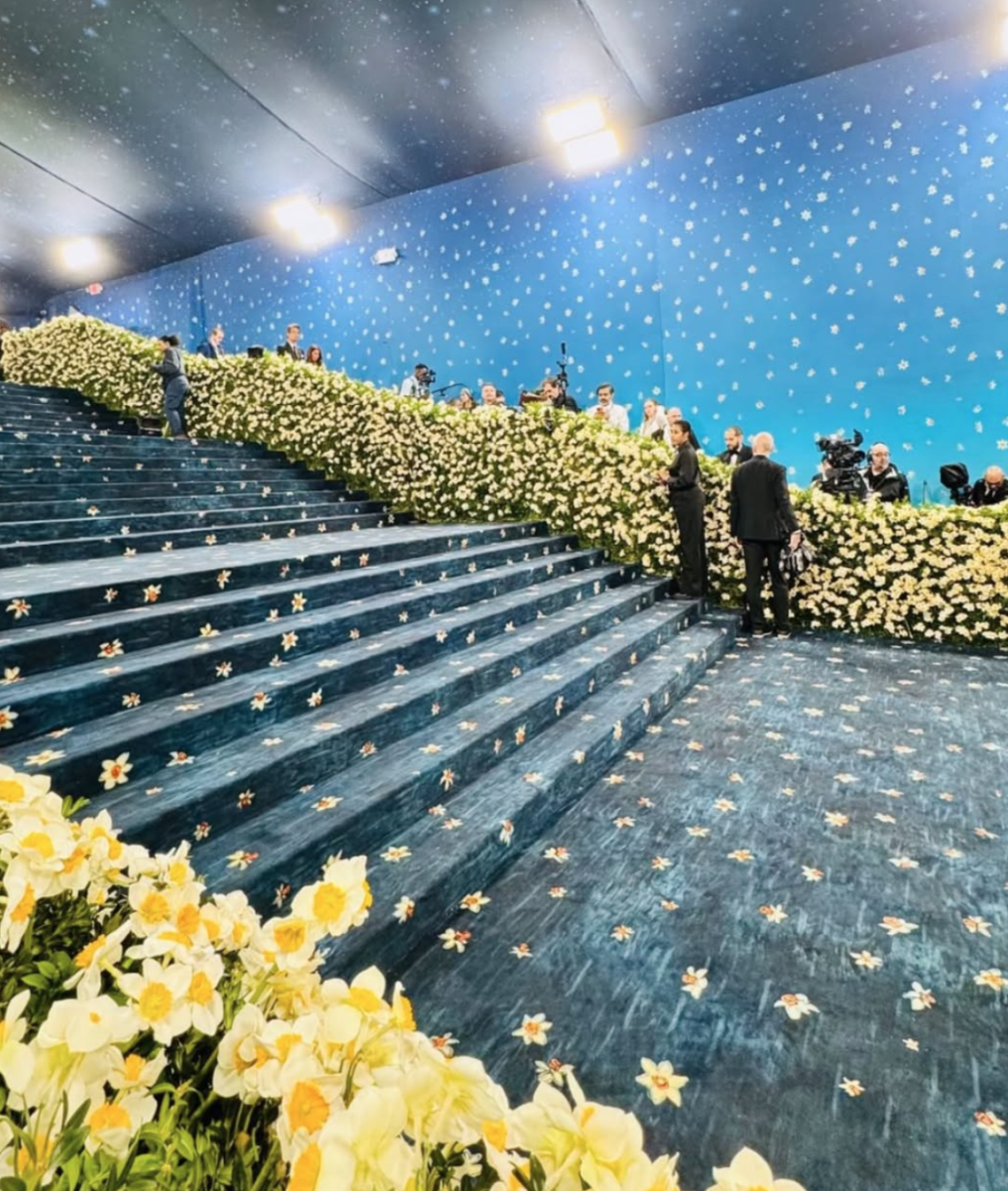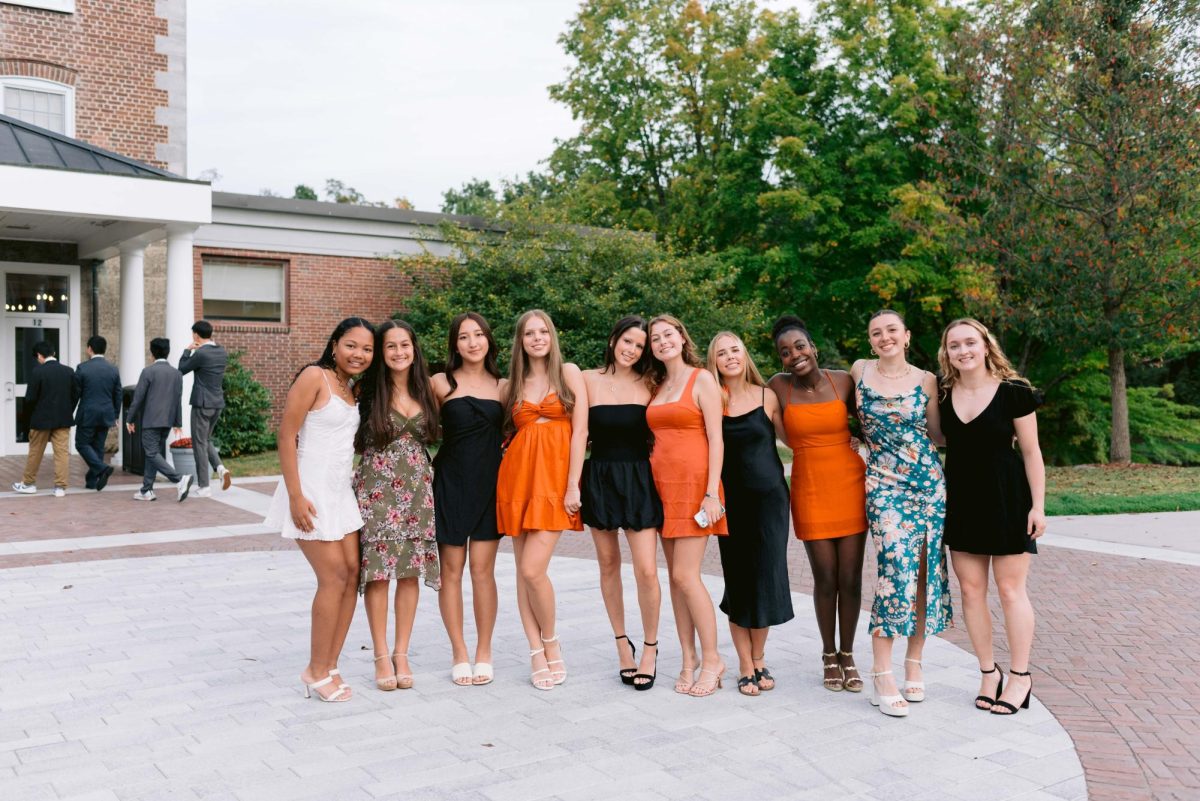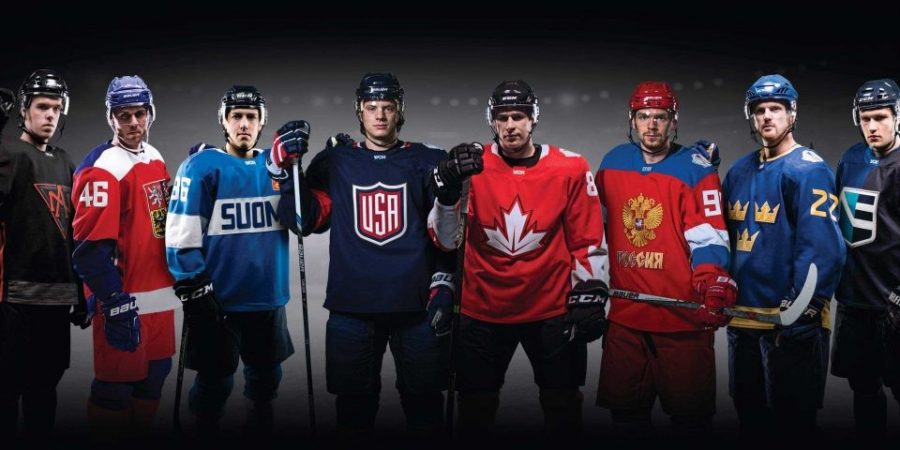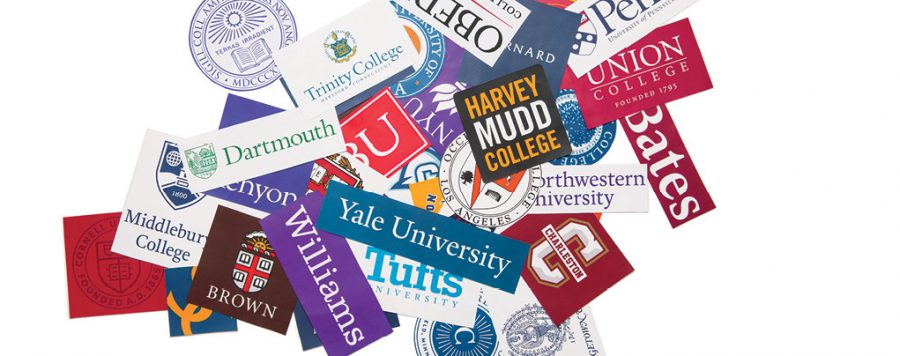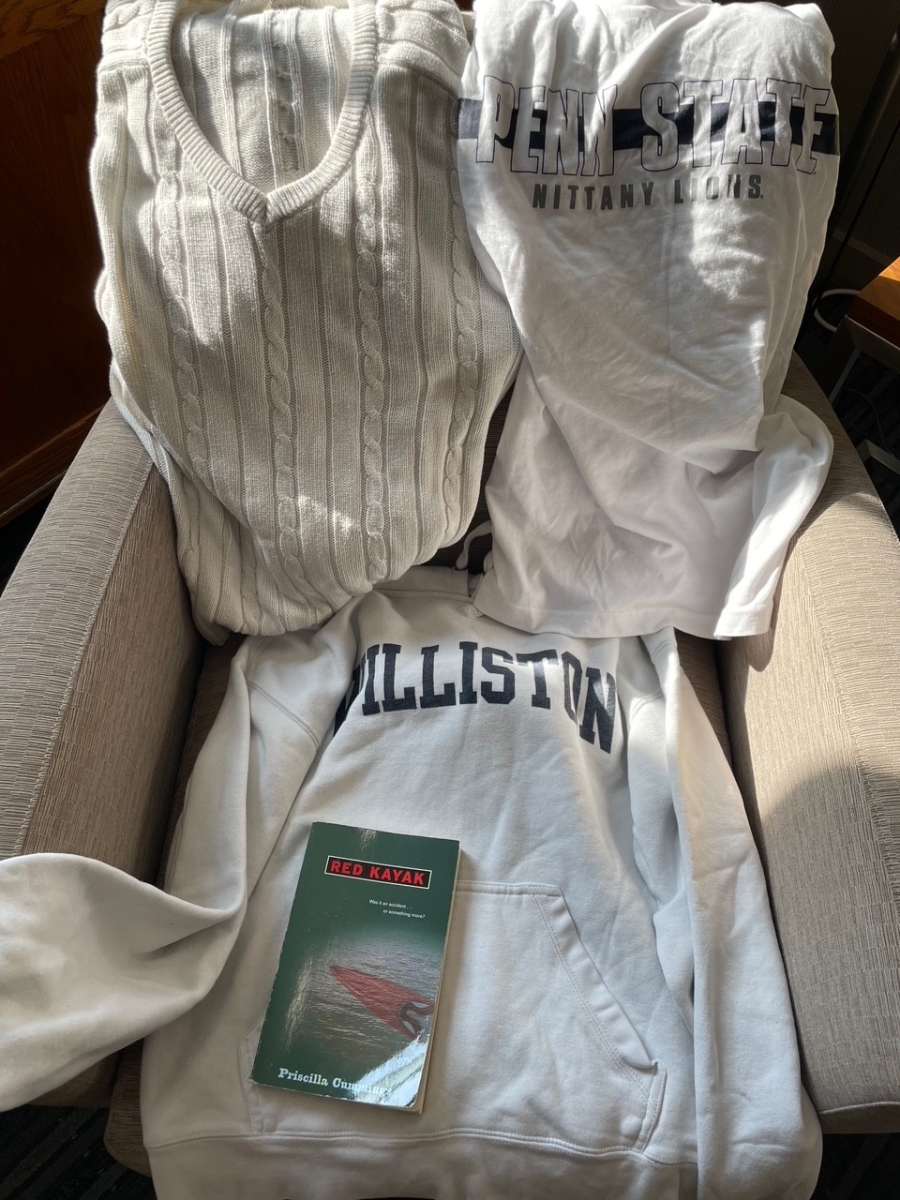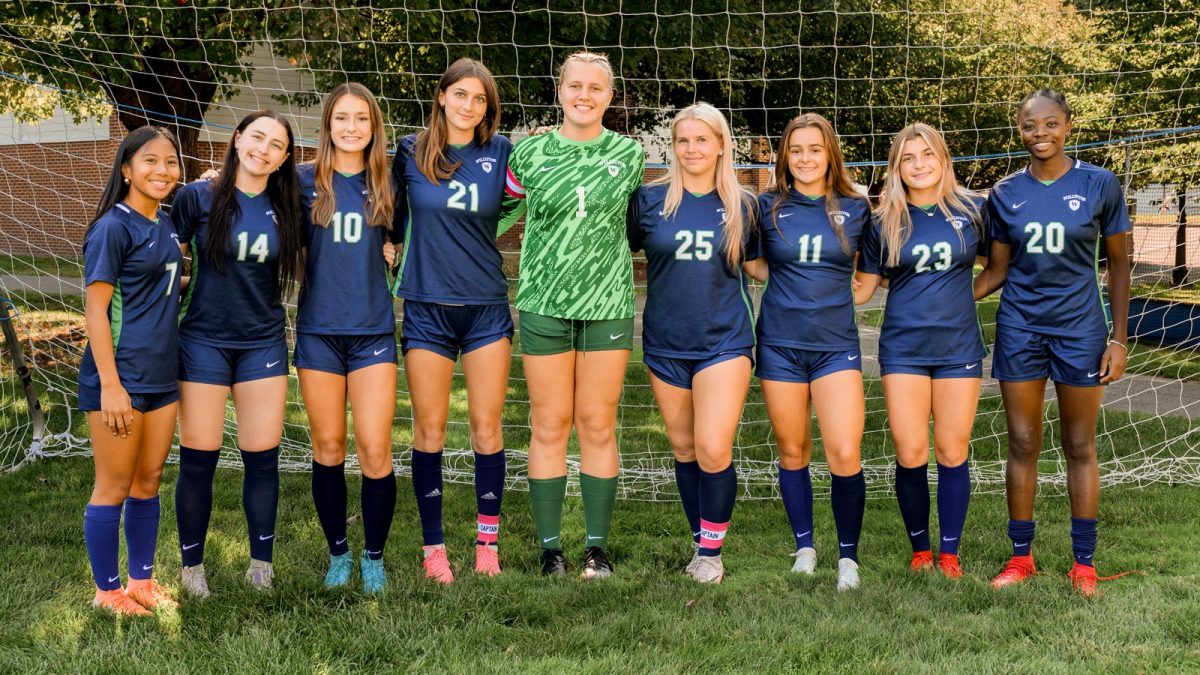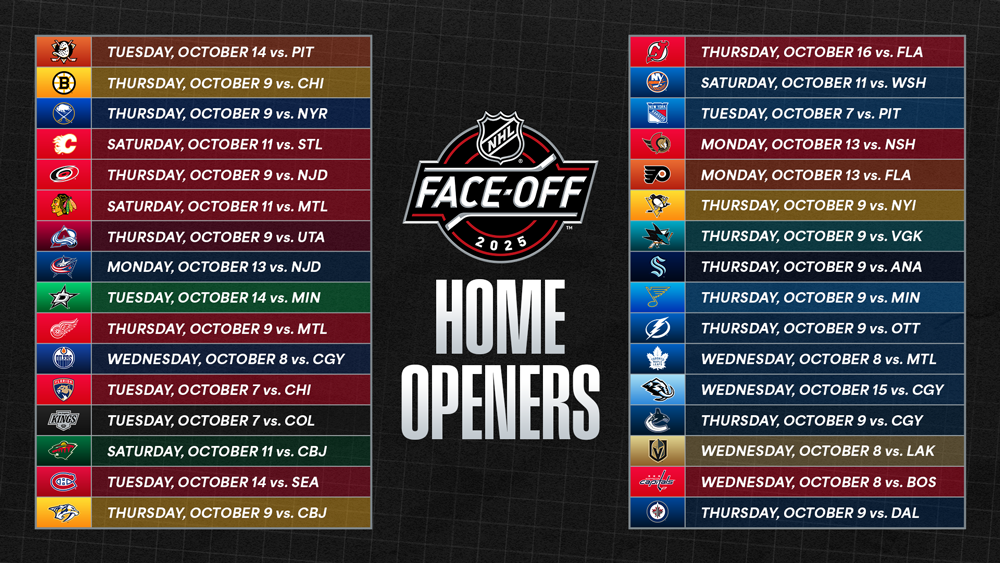On a crisp autumn afternoon, students shuffle into class wearing a mix of low-rise jeans, chunky silver jewelry, and ballet flats that seem to have stepped straight out of 2004. Others scroll TikTok videos of creators in ’90s-style cargo skirts or thrifted tracksuits. If fashion truly repeats itself, 2025 appears to be skipping the replay button and hitting remix.
Designers are once again folding past eras into the present. Miu Miu’s ballet-core revival draws on 2000s femininity but sharpens it with modern tailoring. Diesel reimagines grunge denim through futuristic textures. Independent brands, many powered by TikTok, are mixing thrifted pieces with AI-generated designs, creating something that feels simultaneously vintage and new.
Across runways, red carpets, and For You Pages, fashion’s biggest trend right now isn’t innovation—it’s revival. Prints, silhouettes, and accessories once considered vintage or even past-their-prime are resurfacing in full force. Polka dots, a print with roots stretching back to the 19th century, are now all over the spring/summer 2025 runway shows, red carpet appearances, and streetwear edits. At the same time, leopard print, power shoulders, ballet flats, and early-2000s Y2K nods are being reworked, re-contextualized, and made relevant once again.
Polka dots have a long history. Back in the 1940s, they were beloved for tea dresses and Hollywood glamour via icons like Marilyn Monroe and Audrey Hepburn. In the 1980s, the print showed up in power dressing as bold statements on blouses, skirts, and daywear. Now, in 2025, it’s resurfacing—but in unexpected ways: sheer fabrics, mesh overlays, capri leggings, oversized blazers, even red carpet gowns.
As Vogue reports, Kaia Gerber was recently photographed in Venice wearing a butter-yellow polka-dot halterneck top by With Jéan, pairing nostalgic patterns with modern accessories. Meanwhile, designers like Jacquemus and Fendi have included polka-dot designs in their runway collections for 2025.
Leopard print has followed a similar pattern: once a symbol of exotic glamour in the mid-20th century, it has since cycled through punk rebellion, ’90s luxury, and 2010s maximalism. Now it’s back again—on coats, accessories, and bold streetwear pieces—stylized to signal confidence and individuality rather than mere prettiness.
For some students, the resurgence of vintage aesthetics connects more to social influence than nostalgia. “What I wear really depends on the people around me,” said Richard Zhang, a junior from Beijing. “At school, I don’t really care, only during formal events I will try a more ‘old money’ look—but outside school, it’s totally different. You kind of adapt.”
Richard describes his own look as a mix of streetwear and luxury edge out of school, often layering Acne Studios, Stüssy, Chrome Hearts, and silver jewelry. “I like layering—it adds 层次感 [dimension],” he said. “But honestly, authenticity isn’t that important. Clothes are like a business card. They don’t say much about who you are, but people care about how you look. If it looks good, that’s enough.”
For him, TikTok and Chinese fashion influencers also play a big role in shaping what’s “in.” “Social media definitely influences what I wear,” he said. “I’ll watch outfit videos or people in Shanghai who dress really well. I take ideas from them.”
Ashley Zhang, a senior from Shenzhen, China, shared a similar fascination with trends—but with a stronger sense of independence. “I feel like I always test it out,” she said. “I’ll definitely go and experience it myself. I feel like trends are trends, but you have to develop your own style. And a lot of times you can play with your own style and the trends—they can coexist.”
Ashley laughs when the topic of capri pants comes up. “Hot take, but I hate capri pants. It’s absolutely horrible,” she said. “Bro, I wear capri pants,” her friend interjected, prompting laughter. “Capri pants is giving slacking… or Napoleon,” Ashley joked, “you know, like his stockings.”
When asked about the comeback of older styles, she immediately pointed to the early 2000s. “Yeah, definitely. Like Y2K,” she said. “I feel like a lot came back from Y2K, and also mob wife, like from last year, or office siren. Polka dots and leopard prints too, that’s really 2000s.”
But for Ashley, confidence is what really matters. “You have to do whatever you’re comfortable with,” she said. “As long as you’re wearing the piece with confidence and you feel like it’s yourself, I think it’s fine—no matter what you wear. Because you could be wearing anything really…..There was this collection of Miu Miu where the shorts were like the same length as my underwear but covered in colored gems. It went viral. It looks really pretty, but if you can’t wear it with confidence, it’s just gonna look like a diaper.”
Social media plays a major role in how Ashley discovers and interprets fashion. “It influences me a lot, especially TikTok and Pinterest,” she said. “I follow a lot of fashion influencers there, it’s basically through them I know what the new trend is.”
She cited Hailey Bieber, Kendall Jenner, and Madison Beer as her favorite influencers. “Hailey Bieber is like the ultimate trendsetter,” Ashley said. “Whenever she wears like a leather jacket, everyone starts buying leather jackets. I really like how she does the oversized blazer with shorts and a shirt, it’s a good combination of business casual.”
Even with her school uniform, Ashley finds ways to express her style. “Because I’m in a boarding school in New England, I kind of want to dress preppy,” she said. “But I also try not to be wasteful with my clothes. I try to build a capsule wardrobe. What’s really important is something you feel comfortable wearing instead of it just being trendy. Timeless pieces speak louder than trendy pieces.”
A capsule wardrobe is basically a small, curated collection of clothes that all go together — think quality basics you can mix and match instead of constantly buying new stuff. Many of Ashley’s friends agree with her efforts, nodding heads to the outcome of her carefully selected collection.
Ashley also connects her fashion choices with larger cultural issues. “I don’t feel people are really aware about fashion choices,” she said. “Actually, no—recently Kim Kardashian had a new product in Skims. It was really controversial, but she has so much influence that people normalize these things. I think the fact that she embraces them makes people more conscious about body image.”
She is referring to the newest SKIMS release — the “Faux Hair Micro String Thong” — which sparked immediate controversy online. The design features a sheer base with faux pubic hair in different textures and skin tones, meant to challenge beauty standards and start conversations about body image and grooming norms. While some critics called it a publicity stunt, others saw it as a statement about confidence and authenticity.
She added that the rise of fast fashion complicates how people think about clothes. “There’s more fast fashion right now compared to like a decade ago,” Ashley said. “Not only do we have Zara and H&M, we also have Garage, Etiquette, and Brandy Melville,” she laughed. “They’re affordable, but a lot are produced from mass child labor. Do we just stop buying it though? We should figure out a more long-term solution instead of just not buying clothes.”
Still, she believes rising prices could make consumers think differently. “If they’re more expensive, people will be more aware of the things they buy,” she said. “Because they’re so cheap, people just buy impulsively. But if it’s pricier, they’ll think more about the actual material they’re wearing.”
For others, the relationship with fashion is less about performance and more about practicality. “I care about what I wear, but I’m not trying to make a statement,” said Murewa Williams, a junior from South Hadley, Massachusetts. “I don’t really follow trends, I just wear what’s comfortable. I don’t buy new clothes that often, and if something’s brand new, I probably wouldn’t wear it right away.”
Murewa said social media occasionally affects what he wears, but only situationally. “Social media would probably influence what I wear to games,” he said, “but not to school.”
His approach reflects a quieter approach about fashion, less about following or rejecting trends and more about staying true to comfort.
When polka dots or leopard prints reappear, they don’t return as exact replicas of the past. They’re revived through reinterpretation, influenced by politics, cultural mood, and the need for comfort or control during uncertain times. Fashion cycles often mirror emotional ones. As social and economic instability rise, people turn toward styles that feel familiar or safe.
“I think a lot of people want that comfort,” said Richard. “Even if they don’t realize it, wearing something classic or ‘old money’ feels stable, respectable.”
The blending of vintage aesthetics with modern design speaks to a collective desire for balance between self-expression and belonging, individuality and image. Fashion isn’t just a reflection of taste; it’s a reflection of time. As Richard put it, “People don’t care about your ‘personal style’ as much as you think. But the way you wear things, the confidence, that’s what really stands out.”



